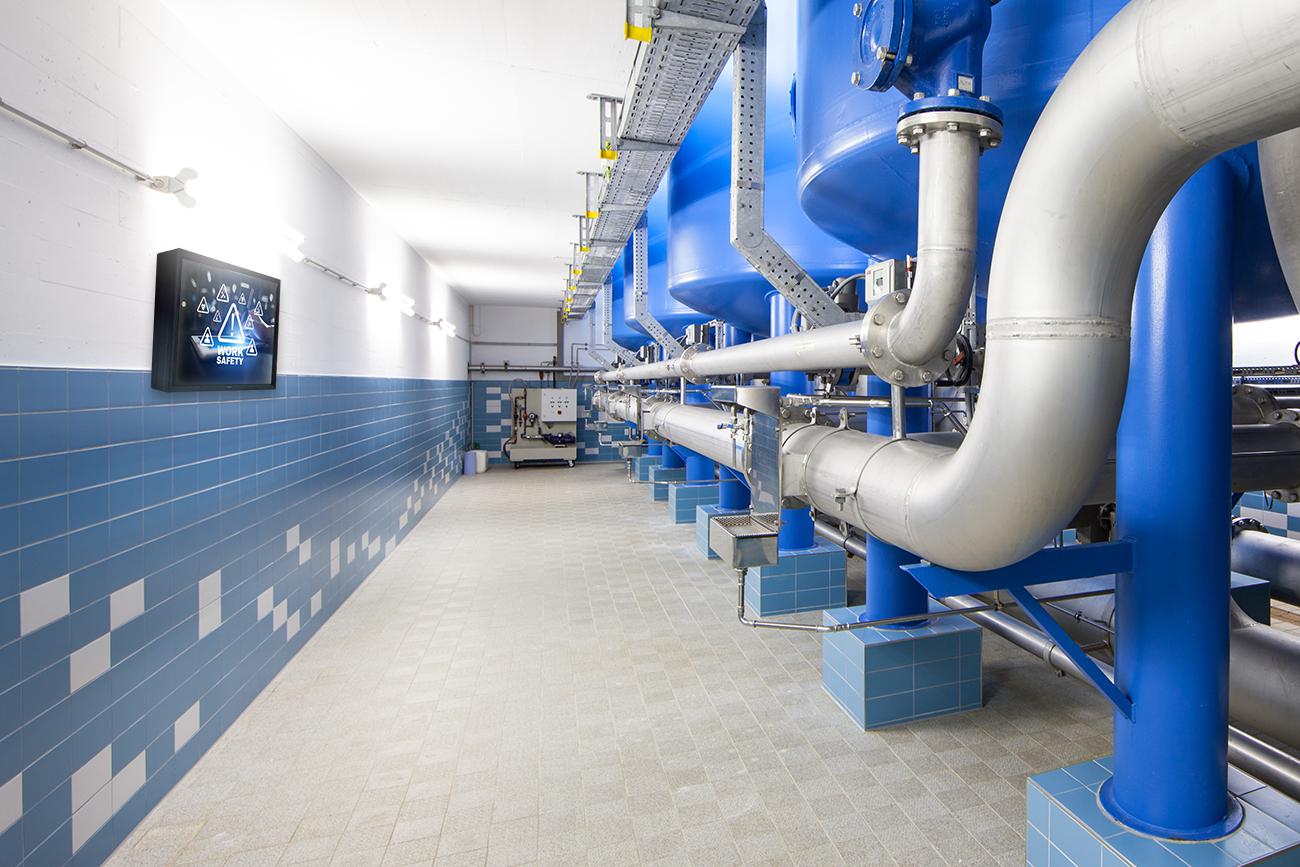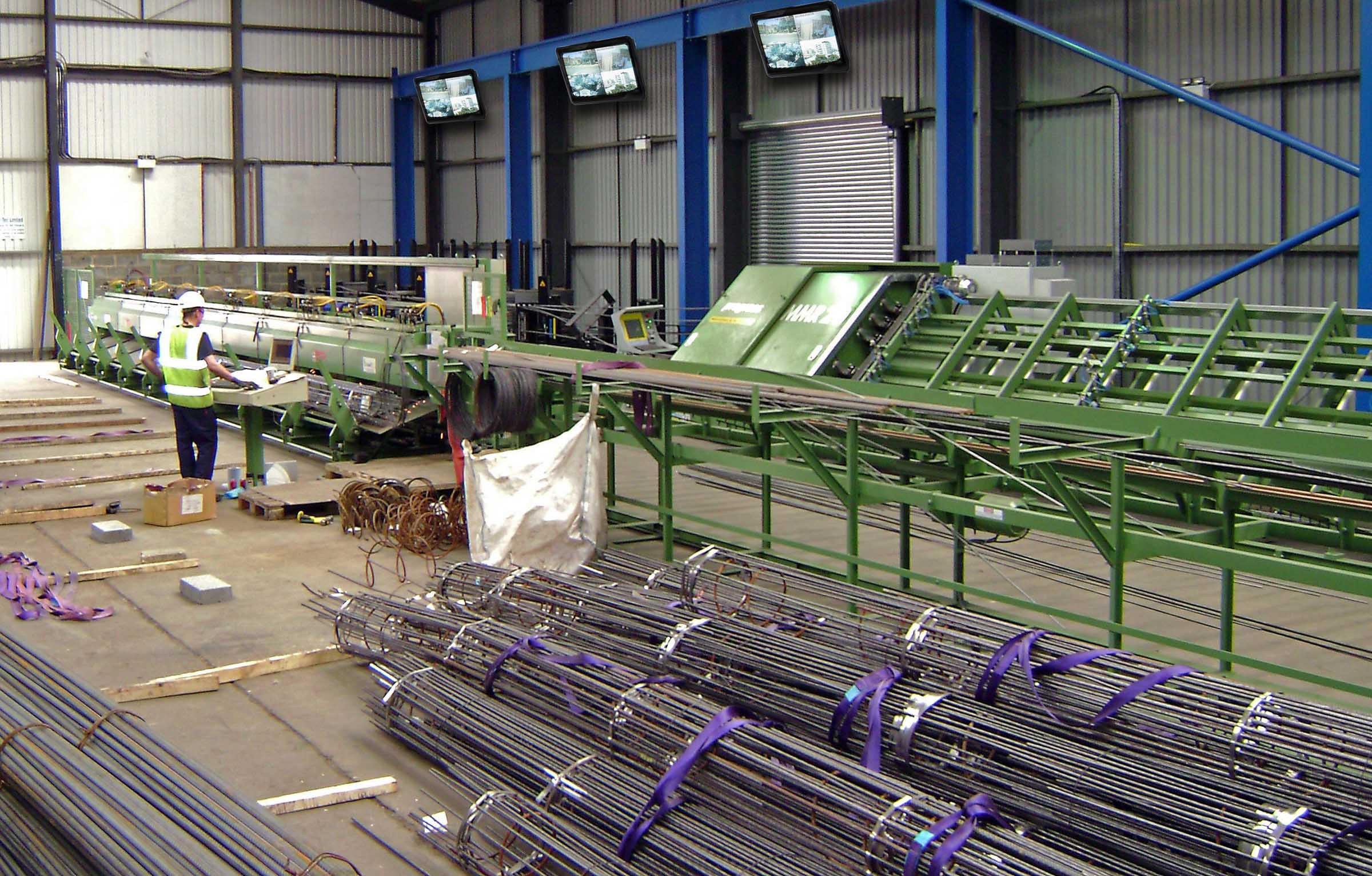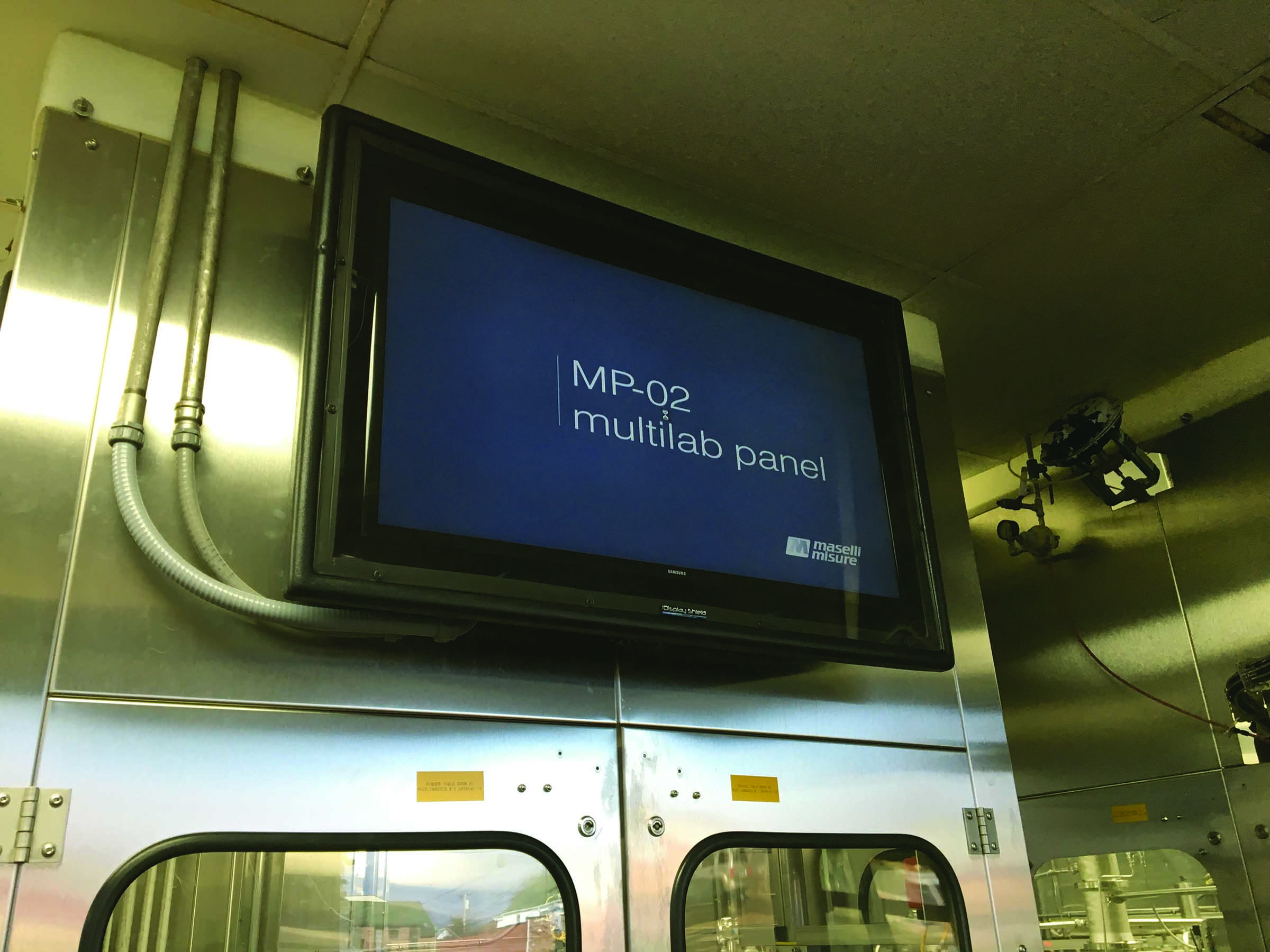Streamline Food Processing Output by Incorporating a Digital Display Strategy
Posted by Kraig Koelsch on 7th Jul 2020
Food processing, as defined by Wikipedia, is the transformation of raw ingredients, by physical or chemical means into food, or of food into other forms. Food processing combines raw food ingredients to produce saleable food products that can be easily prepared and served by the consumer.
Food processing typically involves activities such as mincing and macerating, liquefaction, emulsification, and cooking (such as boiling, broiling, frying or grilling); pickling, pasteurization, and many other kinds of preservation; and canning or other packaging.

With all the various methods involved, it's critical for
companies to ensure quality while also meeting government standards.
Education, training, maintaining and updating facilities all work together to
help keep the plants processing their food at the desired rate. And of course,
no matter the plant, safety first is smart company policy.
So, how can food processing plants and manufacturing facilities in general help to better inform their employees while keeping things moving forward and adhering to safety protocols? The answer: develop, implement and execute a digital display strategy.
How to Implement a Digital
Display Strategy
Incorporating a digital display strategy is a very important way to streamline manufacturing.
By determining specifics, companies can keep the ultra-important front office
to factory floor pipeline connected and running effectively.
A few specific areas to add to your strategy include:
1.) What are your goals of implementing your new digital display strategy?
Defining clear goals, action items and expectations keeps your messaging on
point and your strategy moving ahead. Will the digital display cabinets feature
announcements, offer real-time production output, do a combination of both?
All of these are important. Digital monitors and TVs attracts attention. The
last thing a business needs is to confuse workers or worse, waste their time.
Make a detailed plan of what it is that you want to accomplish and then put
your plan in place. Last but certainly not least is safety. All the above can
work flawlessly but an effective digital display strategy must also be a safe
and compliant strategy.
2.) Where are the best locations to add your digital display
units?
This question is crucial to the successful execution of your digital display
strategy. You need to put yourself in the shoes of your employees, all of them
(meaning everyone who will see the messaging). Choose high-traffic areas and
ensure that the signage is not too high or too low. Safety matters so choose wisely!
Ex. Inability to broadcast a critical announcement (like impending severe weather)
in an expeditious manner.
This is also important for accessing the display to adjust the screen or add
new hardware/software.
3.) What software/resources will you need to achieve your desired
goals?
When considering software, you need to again circle back and focus on your digital
display strategy. Are you using display monitors, TVs or maybe a combination of
both? Will you use the display to simply update your employees on company news
or will you be using software that can streamline production? Even simple
messaging requires the right program and successful implementation of the
software.
This stage is also where to determine who should have access and what they have
access to. Too many cooks in the kitchen can lead to confusion, which can lead
to processing and manufacturing delays, which obviously, impact the bottom
line.

4.) What electrical/technical/mechanical barriers stand in
your way?
This is a big one as well. You can have your strategy, couple it with the best
location and pick the software you need and still run face forward into the
brick wall of construction and modification. Some food processing and manufacturing
plants have specifically-designed facilities that cannot really be altered.
Something as simple as adding an electrical socket could prove to be just the opposite. Same thing goes for mechanical and technical barriers. Sensitivity to patented processes and the location of other production equipment (ex. Assemblies, sanitation stations, etc.) are definite concerns that must be addressed before you move forward.
5.) What content (messaging) will you be displaying for your
employees?
Now comes the easy part, well, a lot easier than many of the above steps. Who
are you talking to and what message are you trying to convey? By firmly
defining your target audience, you’ll be able to fully communicate your
messages no matter what they may be.
You’ll also want to consider a cadence for your digital display messaging if
you’re highlighting one or more items, working through different production
stages, etc. Be clear, concise and to-the-point.
6.) How to avoid over communication and distraction.
The last thing you need (after getting this far with your strategy) is too say
too much, too little or talk to the wrong audience. All employees would love to
know that the facility is closing early the day before a holiday. Conversely,
all employees would not want to know that only front office staff were able to
head out a bit ahead of schedule.
This builds from points four and five above. Select specific content, keep on
message, use the necessary software and make sure that only those who have access
to update your content can do so. This will prevent many headaches,
If you’ve got all the above in place, the last important decision you’ll need to make is what type of digital display will you use (TV vs. monitor) and how will you protect the signage?
Numerous food processing plants and manufacturing facilities already use The Display Shield and The TV Shield to handle messaging and to streamline operations. An extremely important reason as to why is simple. Our units protect and secure digital displays and signage in almost any environment.

For example, food processing plants must be kept
immaculately clean. When the plant is operating, there will obviously be some parts
of the processing that will need cleaned up at day’s end. The Display Shield and
The TV Shield are easy to care for and can take the brunt of a pressure washer
spraying the polycarbonate screen clean each and every day.
The front panel of The Display Shield is an industry leading .220 inch thick
proprietary anti-glare LEXAN® polycarbonate which is perfect for direct viewing
of the display and offers a complete defense against a flying debris.
The Display Shield has a semi permanently affixed front
shield that is designed to stay closed at all times but does give plant
operators the ability to remove the front panel in the event of a mechanical
failure of your equipment. The Display Shield uses a custom security screw
system that requires a specific tool to remove the front panel.
This makes The Display Shield completely tamperproof and provides optimum
safety for your display. The cabinet also has a built-in 60 PPI filtered
ventilation system and thermostatically controlled fans to keep the unit at the
ideal temperature in most hot environments. This is particularly important in
food processing plants that require boiling, etc.
No matter the need for a digital display cabinet, food processing companies as well as manufacturers can turn to The Display Shield and The TV Shield to help streamline employee communications while delivering quality products to their customers.
Related Links

